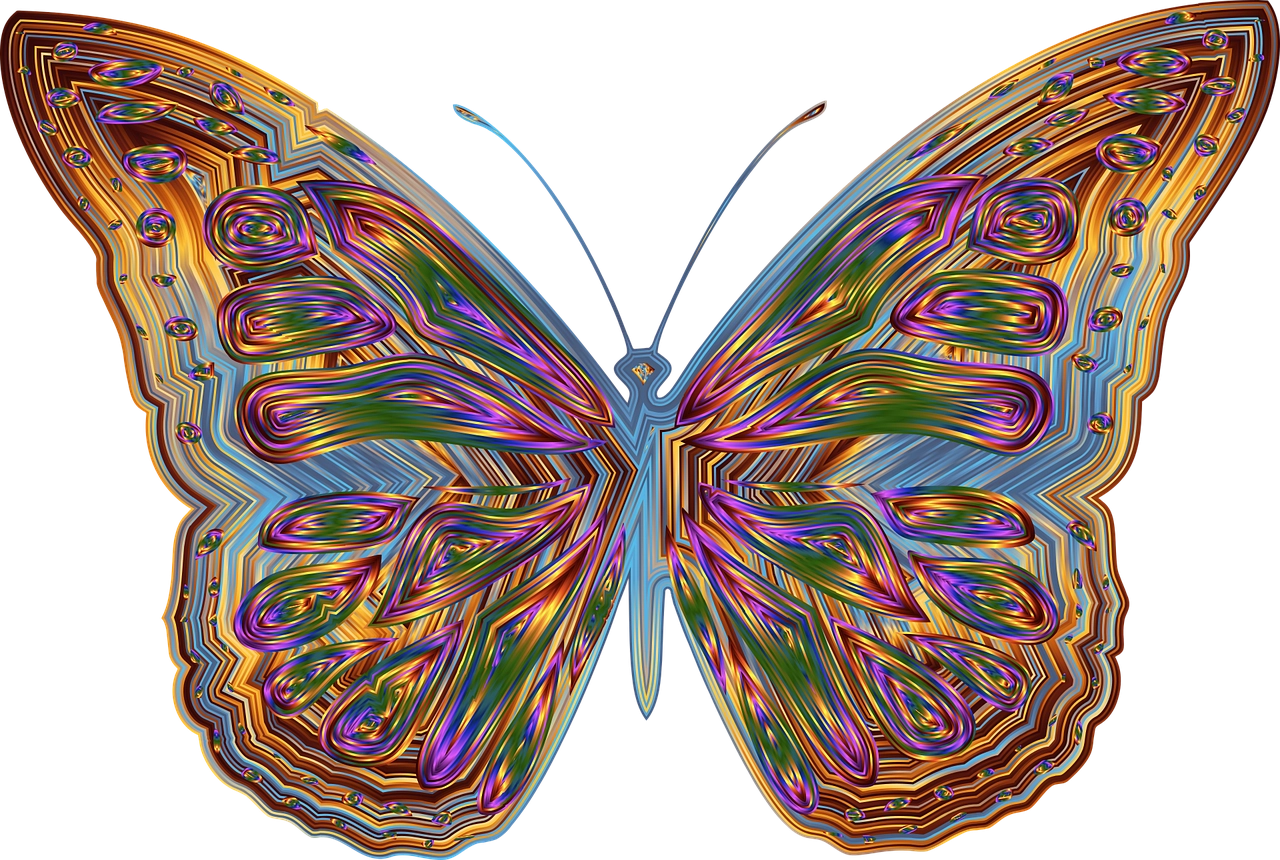The Four Symbols: Guardians of Chinese Cosmology

Looking for more amazing products? Check out our online store and explore our collection here! Happy shopping!
Before diving in, please note: This post is for informational purposes only. If you’d like to know more about how we approach topics, feel free to check out our friendly Disclaimer Page.
Hey there, amazing readers! 
We’re committed to delivering quality posts, and your support (even just sticking around despite the ads) means everything to us. So, bear with us, and thanks for helping us keep the good vibes rolling. Now, on to the fun stuff!
TRANSLATE BUTTON AT THE END OF THE ARTICLE
Introduction to the Four Symbols
The Four Symbols, also known as the Four Guardians of Chinese Cosmology, are ancient mythological creatures that hold significant importance in Chinese culture and folklore.
These symbols, consisting of the Azure Dragon, Vermilion Bird, White Tiger, and Black Tortoise, represent the cardinal directions and various aspects of Chinese cosmology.
Each symbol possesses unique characteristics and is associated with different elements, seasons, and celestial bodies.
Azure Dragon: the Symbol of the East
The Azure Dragon, also known as the Blue Dragon or Qinglong, is one of the Four Symbols and represents the eastern direction.
It is believed to be the ruler of the sky and is associated with the season of spring.
The Azure Dragon is often depicted as a majestic creature with a serpent-like body, deer-like antlers, fish-like scales, and eagle-like claws.
It is associated with the element of wood and is believed to bring harmony and good fortune to those who embrace its energy.
Vermilion Bird: the Symbol of the South
The Vermilion Bird, also known as the Phoenix or Zhuque, is the symbol of the southern direction.
It is associated with summer and represents fire and the element of yin.
The Vermilion Bird is often depicted as a mythical bird with colorful plumage and radiant feathers.
It is considered a symbol of rebirth, immortality, and prosperity.
In Chinese culture, the Vermilion Bird is often associated with love, beauty, and passion.
White Tiger: the Symbol of the West
The White Tiger, also known as Baihu, is the guardian of the western direction.
It is associated with the season of autumn and the element of metal.
The White Tiger is often depicted as a fierce and majestic creature with a tiger’s body and a lion’s mane.
It is believed to represent strength, courage, and protection.
In Chinese mythology, the White Tiger is also associated with the celestial guardian of the west, a powerful deity known as Xuanwu.
Black Tortoise: the Symbol of the North
The Black Tortoise, also known as Xuanwu or Genbu, is the symbol of the northern direction.
It is associated with winter and the element of water.
The Black Tortoise is often depicted as a giant tortoise with a snake wrapped around its back.
It possesses both defensive and offensive capabilities and is believed to bring protection and longevity.
In Chinese mythology, Xuanwu is also associated with knowledge, wisdom, and the control of water.
Significance of the Four Symbols
The Four Symbols hold significant symbolic meaning in Chinese cosmology and culture.
They represent the harmony and balance of the universe, with each symbol governing a specific direction, season, and set of elements.
These symbols are often associated with the five elements theory, which is crucial in traditional Chinese medicine, Feng Shui, and astrology.
The Four Symbols also represent the cyclical nature of time, as they are closely tied to the Chinese zodiac and the twelve Earthly Branches.
Historical Origins of the Four Symbols
The origins of the Four Symbols can be traced back to ancient China, specifically during the Han Dynasty (207 BCE – 220 CE).
It is believed that these symbols were derived from earlier Chinese mythologies and religious beliefs, such as the concept of the Four Benevolent Animals during the Shang Dynasty (1600 – 1046 BCE).
The Four Symbols gained prominence during the Han Dynasty and became deeply ingrained in Chinese culture, influencing various aspects such as astrology, architecture, and artwork.
Relationship between the Four Symbols and Chinese Astrology
The Four Symbols play a significant role in Chinese astrology, particularly in the Chinese zodiac.
Explore the Path to Spirituality and Enlightenment – Start Here.
Each symbol is associated with a specific year within the 12-year zodiac cycle, along with one of the five elements (wood, fire, earth, metal, and water).
The combination of the symbol and the element determines the characteristics and destiny of individuals born in that particular year.
The Four Symbols also influence other astrological systems in Chinese culture, such as the Eight Characters (BaZi) and the Four Pillars of Destiny.
Cultural Representations of the Four Symbols
The Four Symbols are deeply embedded in Chinese culture and have been represented in various art forms, literature, and religious practices.
These symbols are often depicted in traditional Chinese paintings, sculptures, and tapestries, showcasing their majestic and mythical qualities.
They are also a popular motif in traditional Chinese architecture, such as on the roofs of temples, palaces, and ancestral halls.
Additionally, the Four Symbols have found their way into modern Chinese popular culture, including movies, video games, and martial arts novels.
Depictions in Art and Architecture
The Four Symbols have been widely depicted in Chinese art and architecture throughout history.
In traditional paintings, the Azure Dragon, Vermilion Bird, White Tiger, and Black Tortoise are often portrayed alongside each other, symbolizing the balance and harmony of the universe.
These creatures are depicted in vibrant colors and intricate details, showcasing the artistic skill and reverence for these mythical beings.
In architecture, the Four Symbols can be found on the roofs of important buildings, serving as protective guardians and symbols of power.
Legacy of the Four Symbols in Modern China
The legacy of the Four Symbols continues to endure in modern China.
While their significance has evolved over time, these mythical creatures remain deeply rooted in Chinese culture and serve as a reminder of the country’s rich history and folklore.
The Four Symbols are still incorporated into various aspects of Chinese society, including traditional festivals, martial arts, and spiritual practices.
In recent years, there has been a resurgence of interest in these symbols, as they are embraced by a new generation seeking to reconnect with their cultural heritage.
Conclusion
The Four Symbols, the Azure Dragon, Vermilion Bird, White Tiger, and Black Tortoise, are the guardians of Chinese cosmology.
They represent the cardinal directions, seasons, and elements, and hold significant cultural and symbolic meaning in Chinese society.
These mythical creatures have been revered and represented in various art forms, architecture, and religious practices throughout history.
Today, the legacy of the Four Symbols continues to thrive, reminding us of the profound connection between Chinese culture, history, and the natural world.

The Enlightenment Journey is a remarkable collection of writings authored by a distinguished group of experts in the fields of spirituality, new age, and esoteric knowledge.
This anthology features a diverse assembly of well-experienced authors who bring their profound insights and credible perspectives to the forefront.
Each contributor possesses a wealth of knowledge and wisdom, making them authorities in their respective domains.
Together, they offer readers a transformative journey into the realms of spiritual growth, self-discovery, and esoteric enlightenment.
The Enlightenment Journey is a testament to the collective expertise of these luminaries, providing readers with a rich tapestry of ideas and information to illuminate their spiritual path.
Our Diverse Expertise
While our primary focus is on spirituality and esotericism, we are equally passionate about exploring a wide range of other topics and niches 

To ensure we provide the most accurate and valuable insights, we collaborate with trusted experts in their respective domains 
Our blog originally focused on spirituality and metaphysics, but we’ve since expanded to cover a wide range of niches. Don’t worry—we continue to publish a lot of articles on spirituality! Frequently visit our blog to explore our diverse content and stay tuned for more insightful reads.
Hey there, amazing reader! 
Check out our store here and take a peek at some of our featured products below! Thanks for being awesome!














